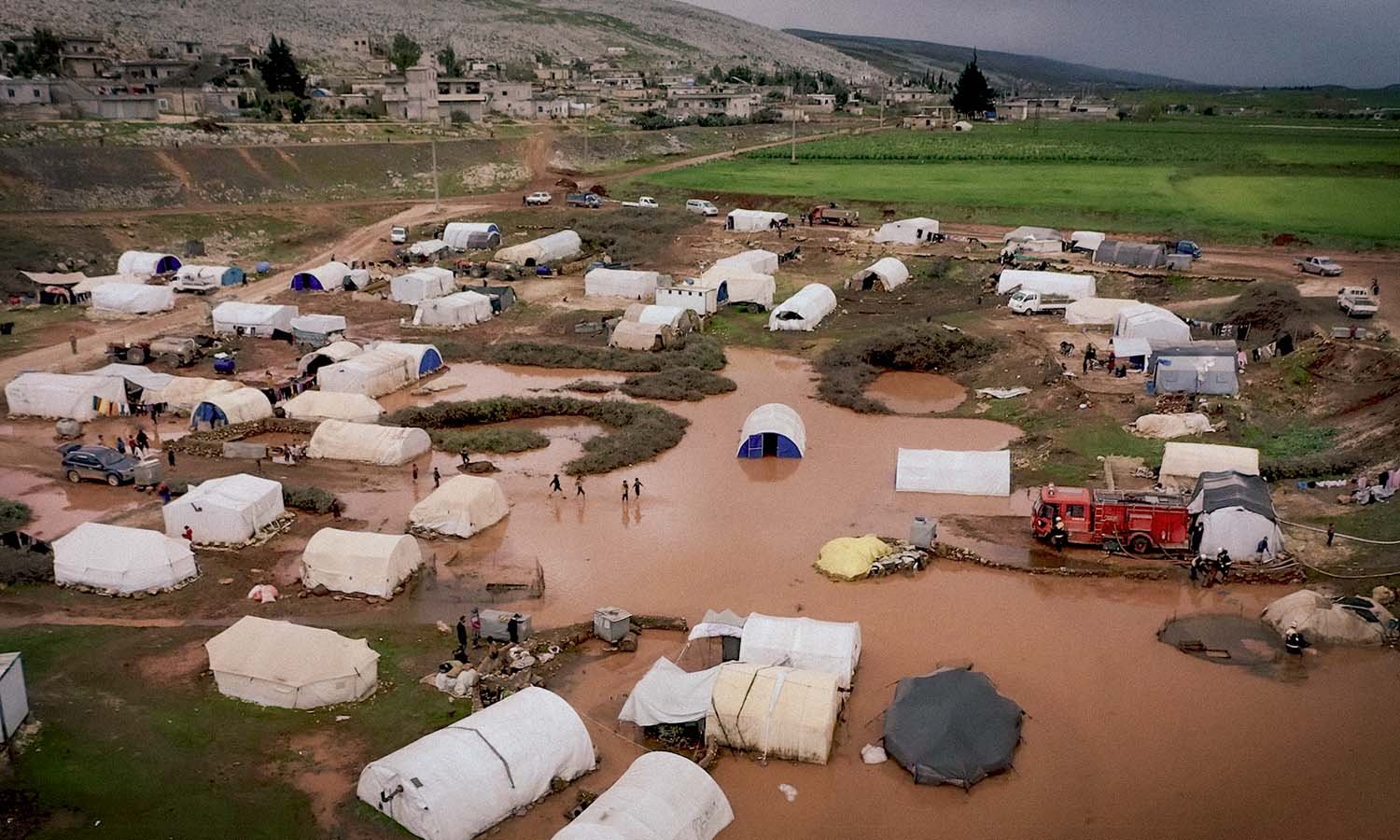
Volume 1
Northwest Syria Series
A taxonomy of displacement in northwest syria
April 2023
Introduction
This is the first thematic brief in a series focused on the medium-term impact of the February 2023 earthquakes in Turkey and Syria. These briefs investigate narrowly-focused and thematically diverse topics for consideration by donor-funded response actors in opposition-held northwest Syria.
Displacement has been an ongoing, intricate and sensitive dynamic faced by humanitarian response actors operating in northwest Syria. The 6 February earthquake reportedly displaced 201,834 people, representing 10.1% of the total number of IDPs in northwest Syria. In the three months after the 6 February earthquake, local authorities, NGOs, charities and other actors established over 100 sites in six main districts in northern and western Aleppo and Idleb to provide housing to the thousands of IDPs whose properties were destroyed.
Despite many securing housing within these sites, data provided by the Camp Coordination and Camp Management (CCCM) Cluster, as well as data collected by a network of field researchers, reveals that many of these IDPs are susceptible to prolonged periods of vulnerability. In a context described by the Camp Coordination and Camp Management (CCCM) Cluster as ‘highly fluid’ due to the fluidity of IDP movements between camps, the governance structures and modalities within the majority of these sites impose difficulties on humanitarian actors to reach site residents with the greatest needs. Women and children are particularly vulnerable. With the majority of sites lacking lockable doors from the inside, threats to personal security, GBV crimes, abuse and theft are expected to take place. The incidence of such crimes also risks hindering prospects for social cohesion within sites, threatening overall stability. This is compounded by the fact that many households within the camp are living in overcrowded conditions.
This report aims to create a general framework through which these IDP sites are understood by placing them in different categories, and identifying their weaknesses. This report also aims to shed light on the differences between cohorts of IDPs and the shortcomings of weak existing governance modalities within certain IDP sites, before outlining the future trajectory of these camps should the status quo remain.

